Featured Photo: A female Northern Harrier hunts over the new Bar Run Golf Course at Umpqua Sand & Gravel. Photo by Matt Hunter
Both local and out-of-town birders put in an excellent effort this year for the Roseburg-Sutherlin CBC. Forecasts early in the week were for plenty of rain, but those gradually gave way to a beautiful and very pleasant mostly-cloudy day. Mark Hamm took the lead in coordinating teams this year and did a great job finding spots for everyone and incorporating a few new and/or returning folks. A big welcome to Brian Carlson, who recently moved to our area as a winemaker and joined us for this CBC! Many thanks to Paul Adamus who came down from Corvallis to experience our CBC for the first time. Paul was the project coordinator for the Oregon Breeding Bird Atlas conducted 1995-1999. Jeannie Pollock again honed her skills in deciphering handwriting to enter data from everyone’s tally sheets! It’s great to see all the cooperation and enthusiasm everyone brings to the CBC!
I forgot to take my own CBC selfie, but here are a couple intrepid CBCers photographed by their area partners doing what CBCers do: record observations and look for more birds!
This year we had a total of 26,490 individual birds, up from 19,461 last year, and 15,287 the year before. Total CBC numbers year to year are highly influenced by large influxes of species such as American Robins during high Madrone berry production years, as explained in the 2019 summary. In fact, this year we recorded 10,178 American Robins, which all by itself accounts for the difference in yearly totals (last year we had 1,289 robins).
Our species total this year was 110, down from 114 last year and thus a pretty average year. The ten most numerous species this year were: AMERICAN ROBIN (10,178), EUROPEAN STARLING (3361), AMERICAN WIGEON (1565), AMERICAN COOT (1301), BREWER’S BLACKBIRD (1161), CANADA GOOSE (942), DARK-EYED JUNCO (888), MALLARD (501), ROCK PIGEON (455), CEDAR WAXWING (424). These are typical top 10 species, though Red-winged Blackbird and Wild Turkey did not make the cut this year.
Looking at the numbers in terms of geographic occurrence, the ten most widespread species, found in 15 or more of 17 fully covered team areas were: AMERICAN ROBIN (17), DARK-EYED JUNCO (17), CALIFORNIA SCRUB-JAY (17), BLACK-CAPPED CHICKADEE (16), SPOTTED TOWHEE (16), AMERICAN KESTREL (16), CANADA GOOSE (15), MALLARD (15), RED-TAILED HAWK (15), NORTHERN FLICKER (15). Top widespread species from last year not making the cut this year were European Starling (13), Steller’s Jay (13), and Golden-crowned Sparrow (12). In contrast, 22 species (only 12 last year) were found in only one team area and not found by any other team (see links to summary tables near the end for more detail). A single species, the WHITE-THROATED SPARROW, was not found by any of the field teams, but only by a feeder team (Dale and Elva Paulson).
We had four teams owling this year so we had typical numbers and species: BARN OWL (2), WESTERN SCREECH-OWL (4), GREAT-HORNED OWL (7), NORTHERN PYGMY-OWL (2). Barred Owls, which we only began recording during the CBC in 2017, were not detected this year. They have been present for many years in the count area, but as was apparently the case this year, they can sometimes be rather silent.
No all-time new species were added to the count, which has been run consecutively for about 47 years now. Only one species was observed that has been detected 10 times or fewer: WESTERN TANAGER (2nd time). Interestingly, the only two records of Western Tanager for the count were observed by Mark Hamm, who I now consider a tanager magnet. For any skeptics, I was there for the first one, so yes, he’s “legit,” haha! 🙂
Record high counts were made for 8 species including: GREATER YELLOWLEGS (21 after a record of 17 last year), CANVASBACK (59), HOODED MERGANSER (162), BALD EAGLE (21), COMMON RAVEN (182), GREAT EGRET (58), and BELTED KINGFISHER (26). It is interesting that most of these are associated with water. We had no record lows this year, although only a single BROWN CREEPER was a bit concerning.
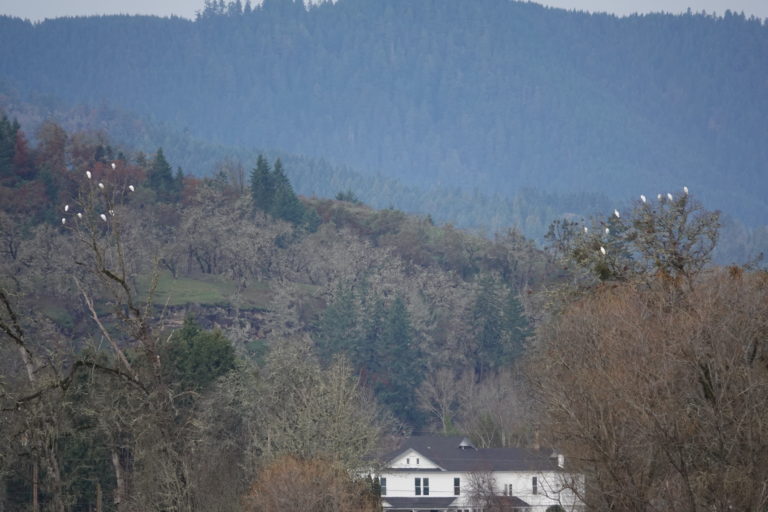
Species missed that have been recorded on 30 or more of 47 historical counts include (and number of counts in which previously recorded): MARSH WREN (43), RING-NECKED PHEASANT (41), CHESTNUT-BACKED CHICKADEE (40), WESTERN GREBE (37), AMERICAN PIPIT (34), GREEN HERON (33), and BLACK-CROWNED NIGHT-HERON (32).
Every sector–or Team Area–on the count has one or more bird species that are expected in only that area or perhaps one or two other areas. This year, Stacy Burleigh and team came through with THREE species of gulls at the Stewart Park Wildlife Area main pond. Sometimes gulls leave our area before the CBC, but this year they were still here, and were photographed to confirm species. Good job Stacy and team!
Photographs were obtained of adult and immature Cooper’s Hawks from similar angles so I thought I would share those with you.
Continuing the raptor theme, following are photos of a Merlin and then Northern Harrier.
How about a pair of kinglets?
Following are a variety of additional photos from several photographers, adding more diversity to the species photographed during the CBC.
For a more detailed look at the numbers this year, check out these summary tables (also available at www.umpquabirds.org/cbc):
**Numbers of birds recorded by team area–sorted by taxonomy
**Numbers of birds recorded by team area–sorted by total number of each species
**Numbers of birds recorded by team area–sorted by number of team areas recording each species
Thank-you again to all who participated in birding, organizing, data entry, and photography. Everyone doing their part makes the count a successful, enjoyable event!
For more information on Christmas Bird Counts in Douglas County, see www.umpquabirds.org/cbc. Hope to see y’all and your friends next year!!!



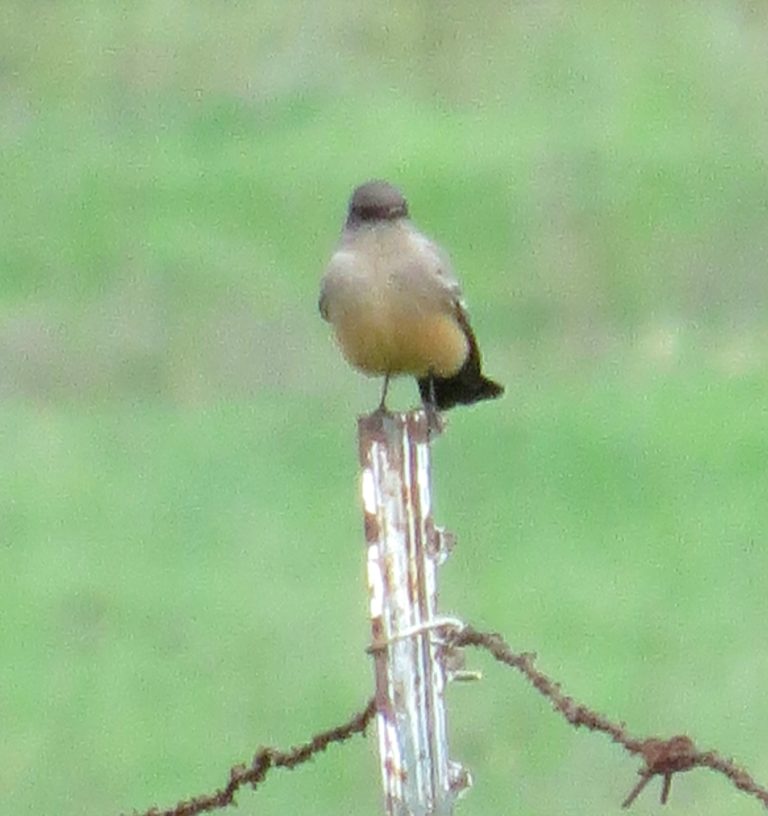
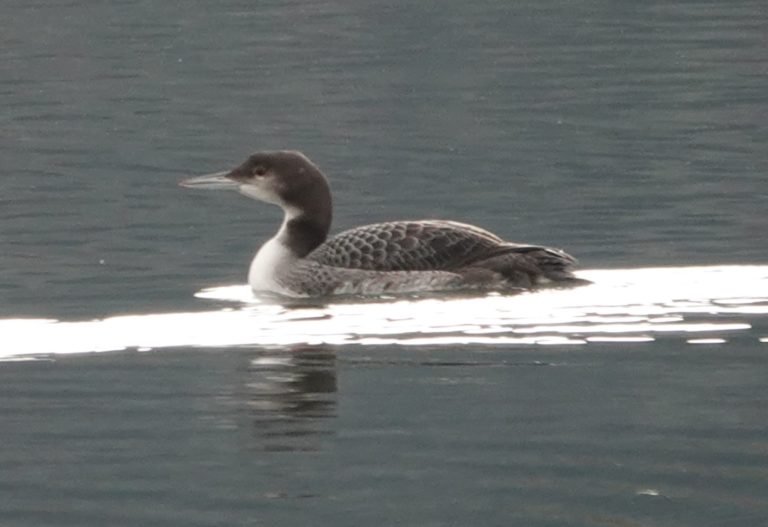

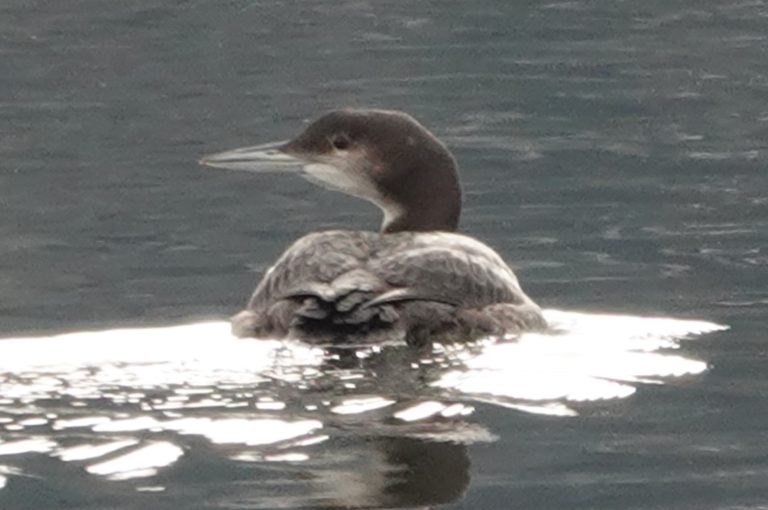
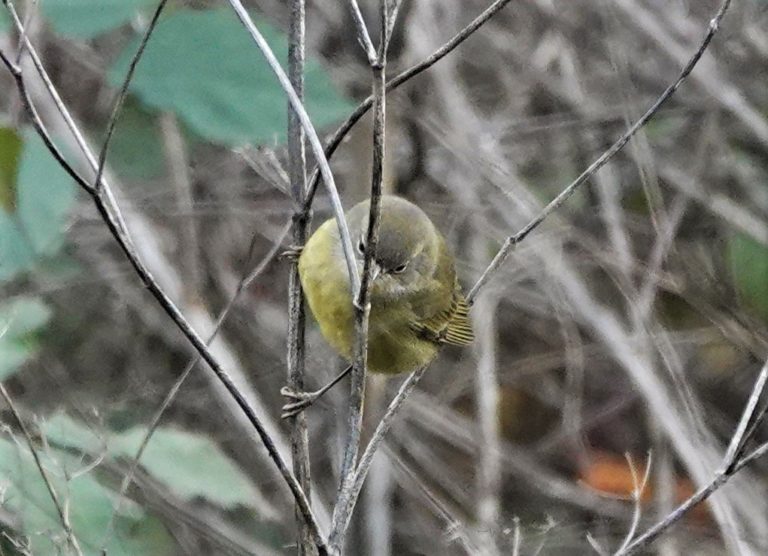
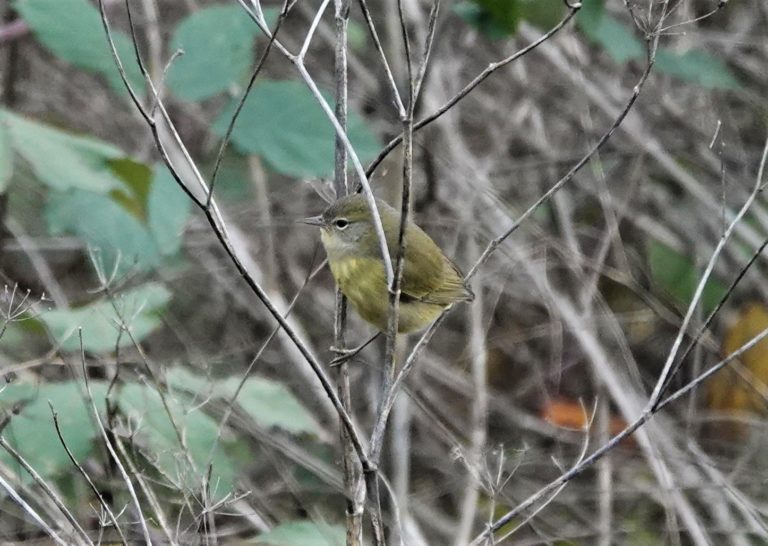
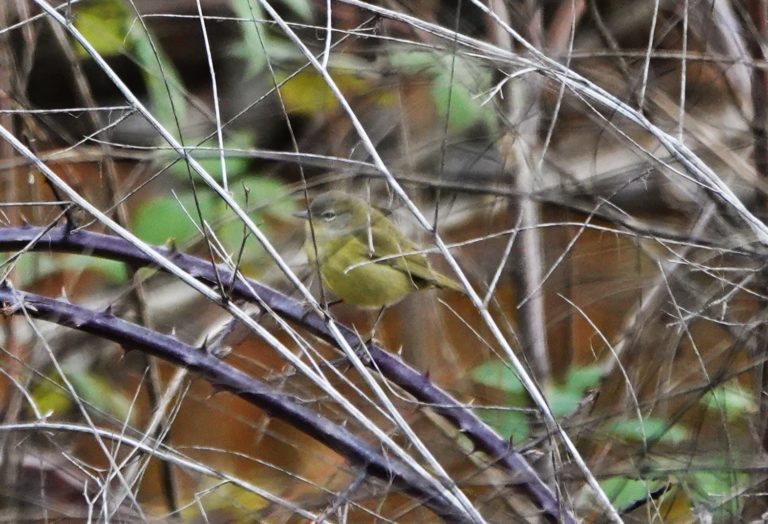
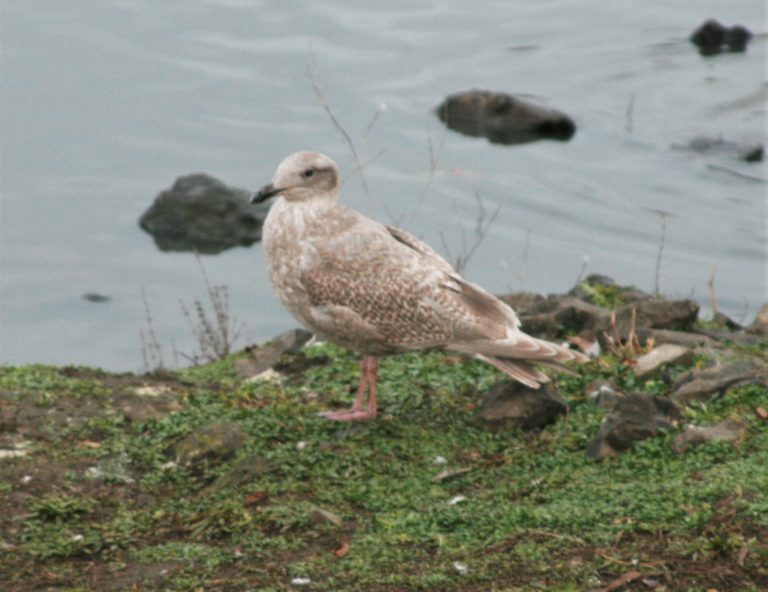
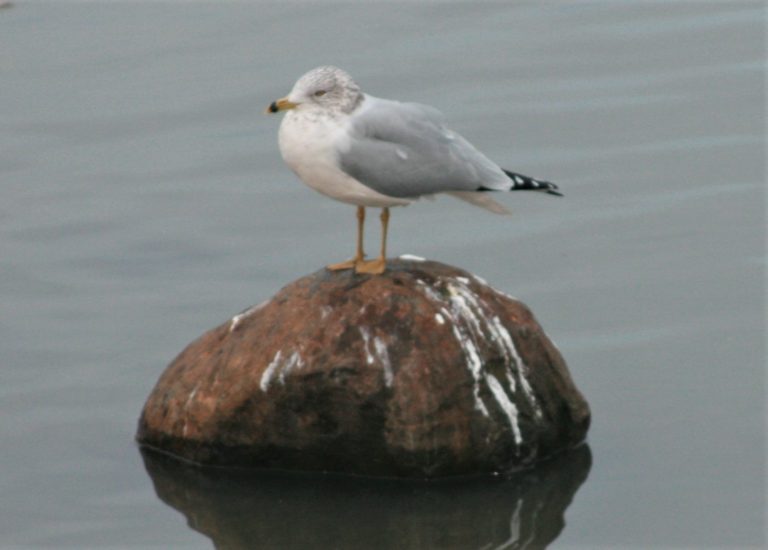
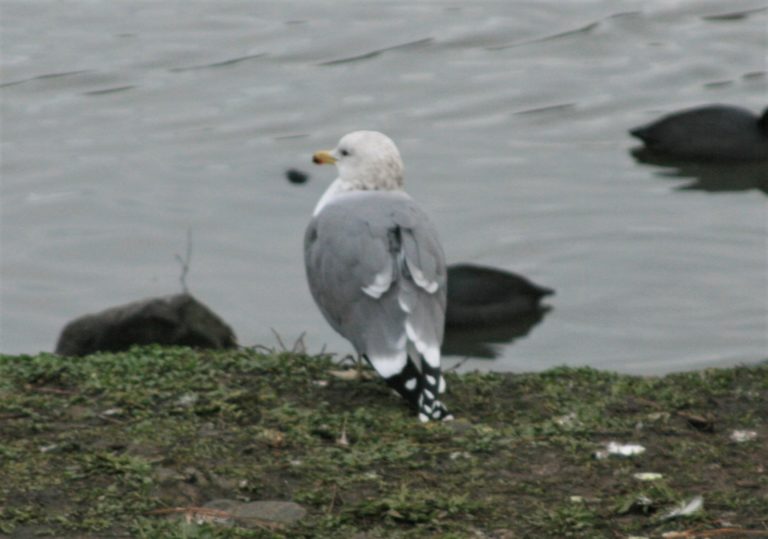
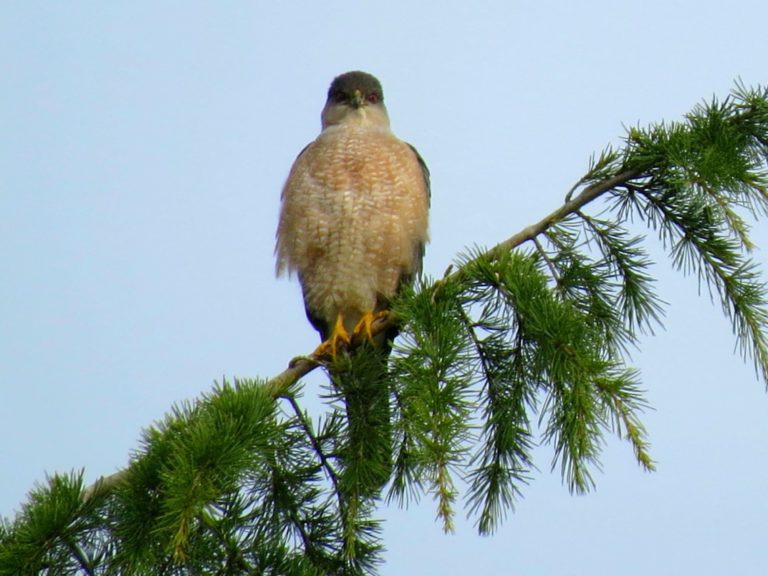
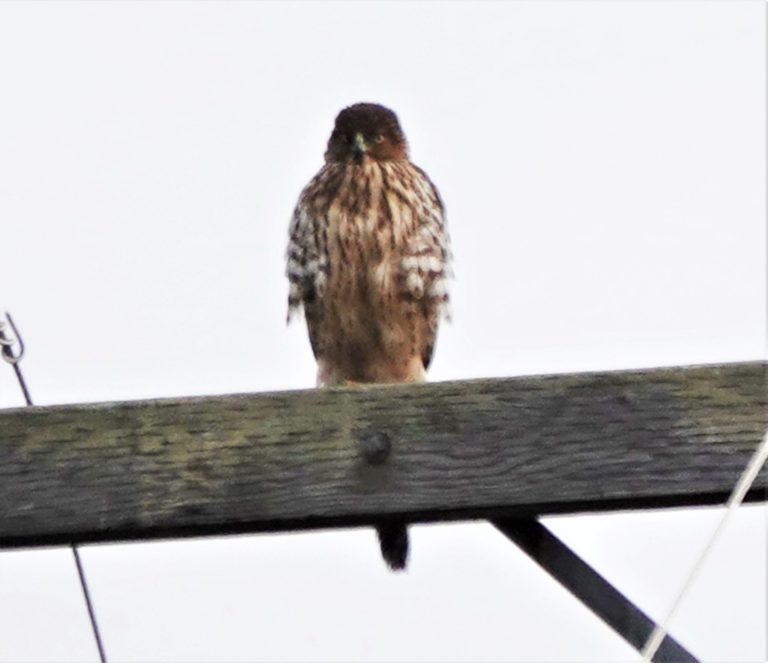
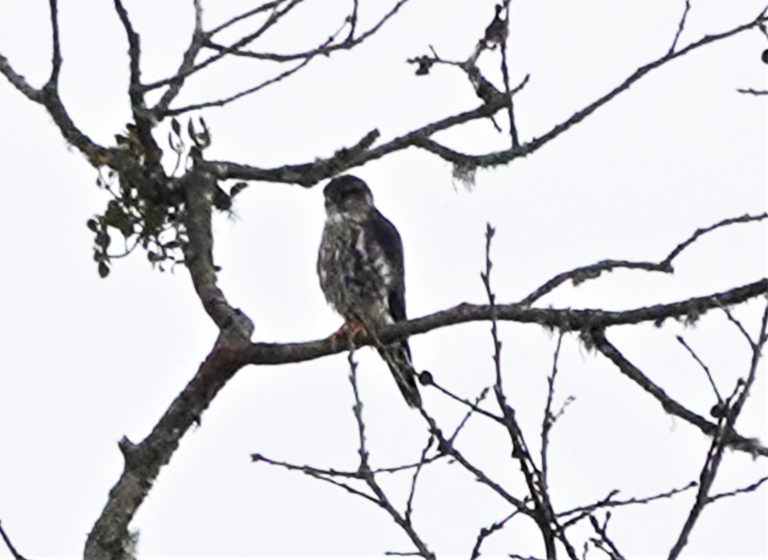
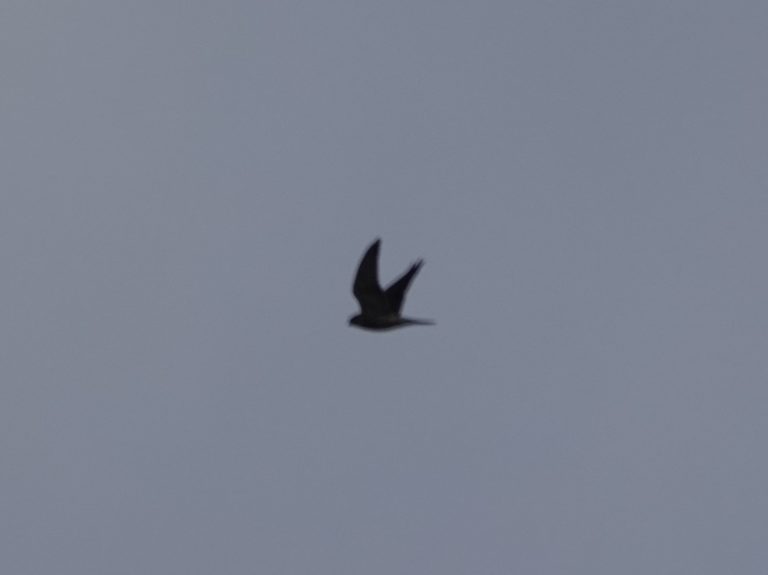
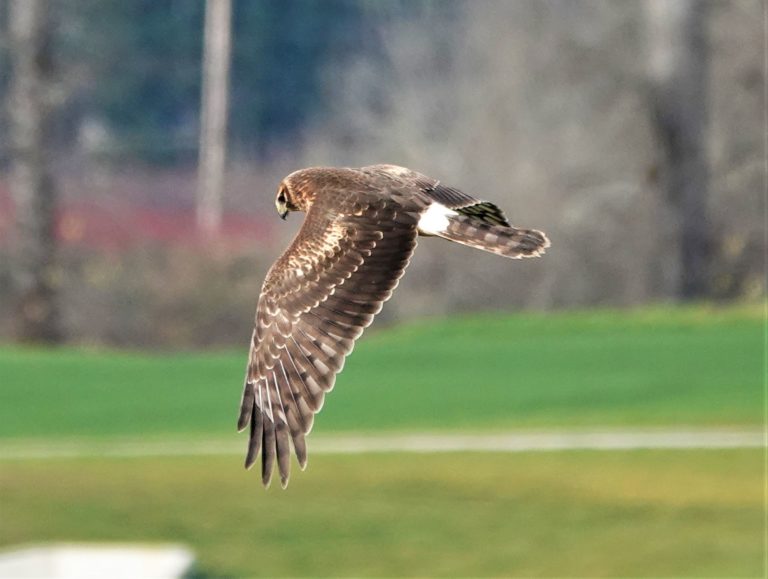
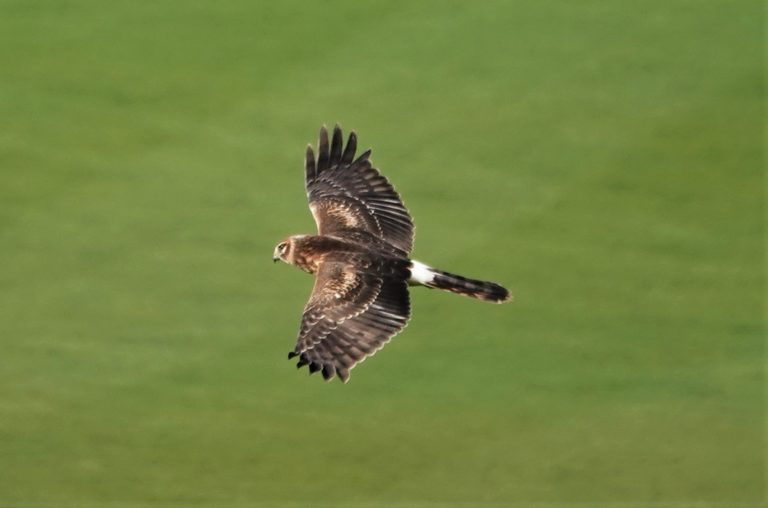

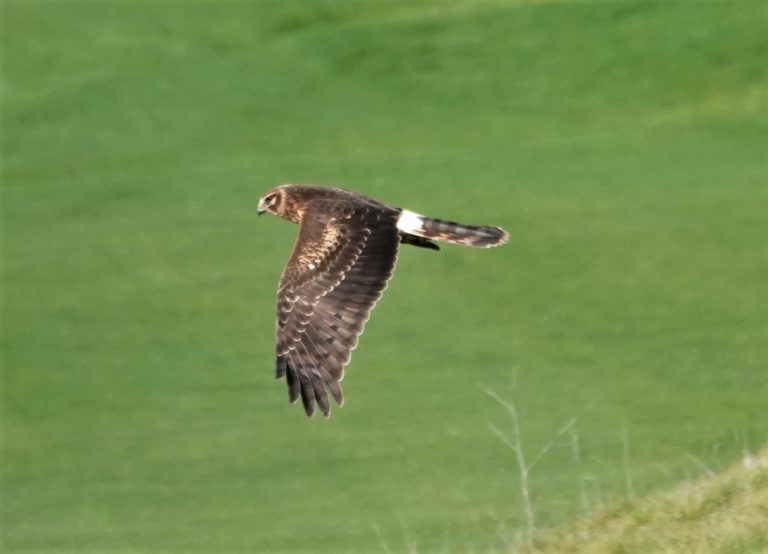
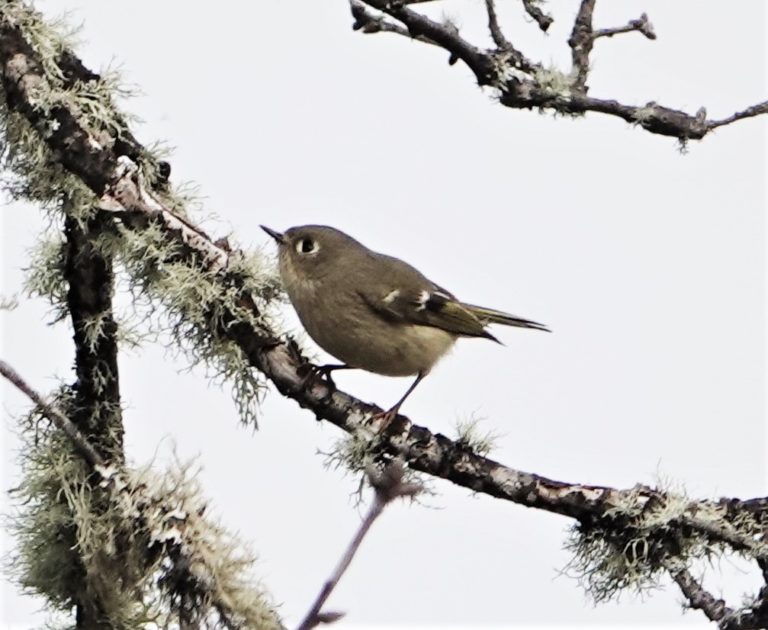
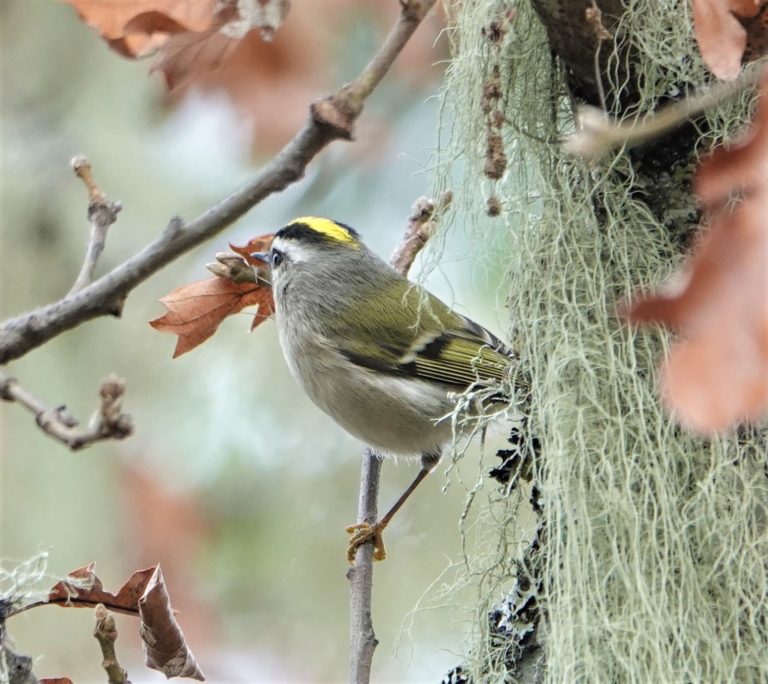

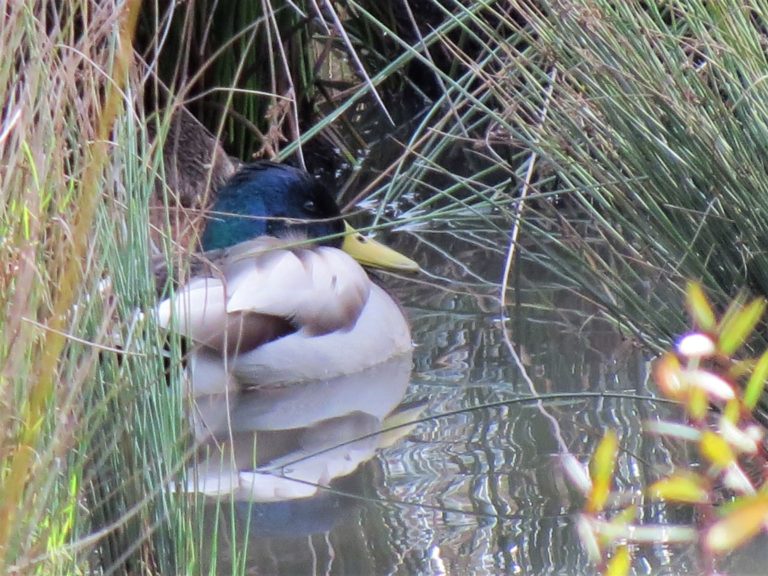
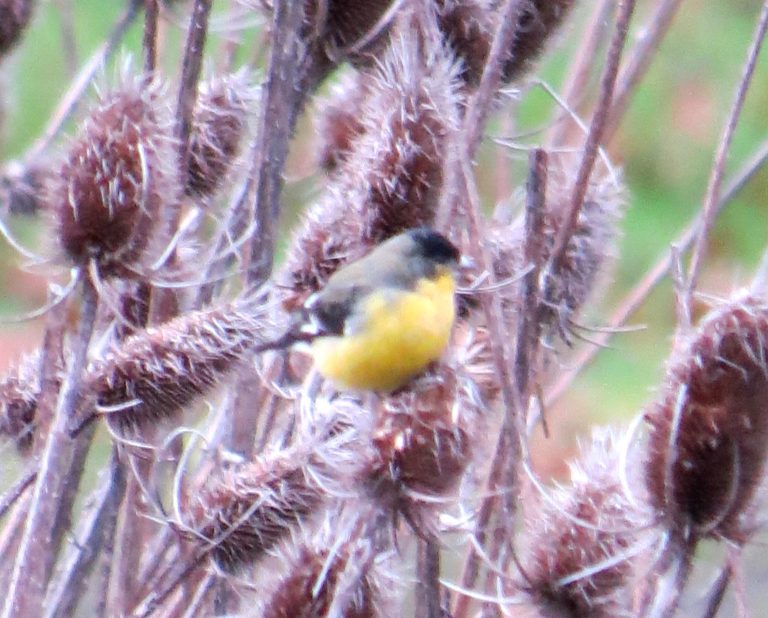
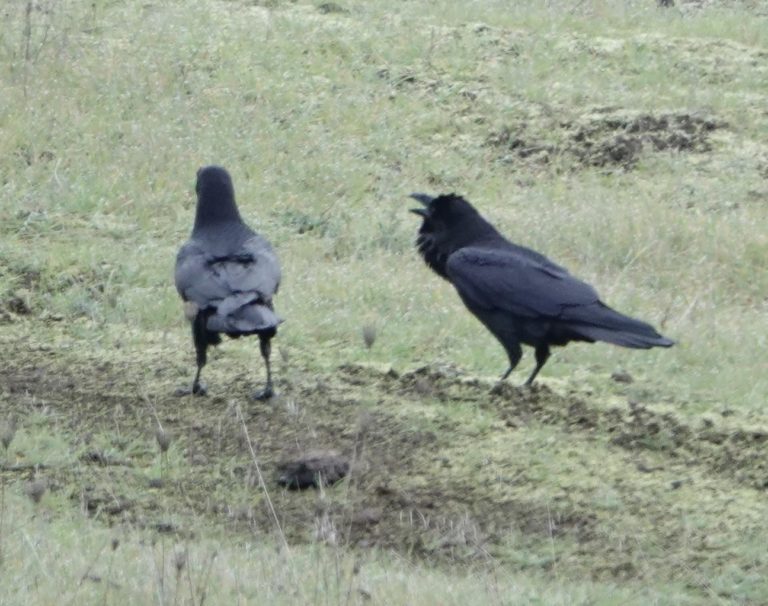
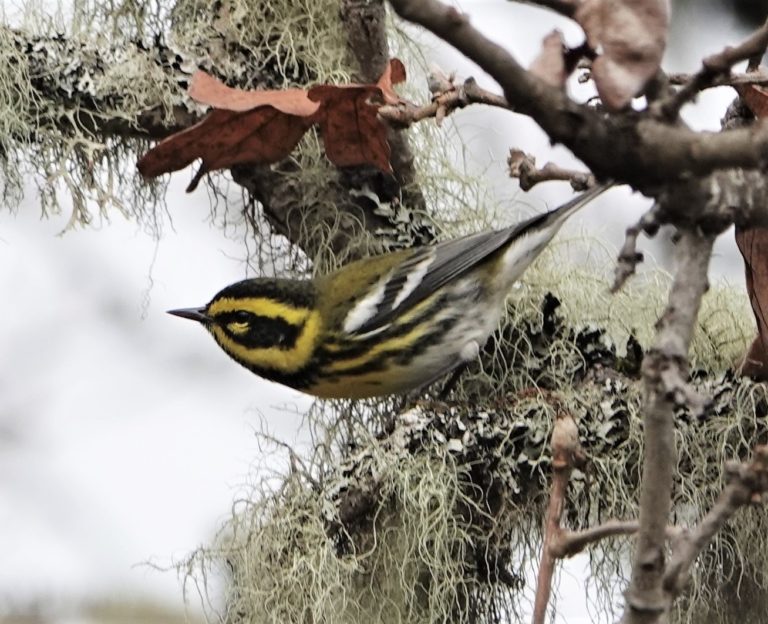

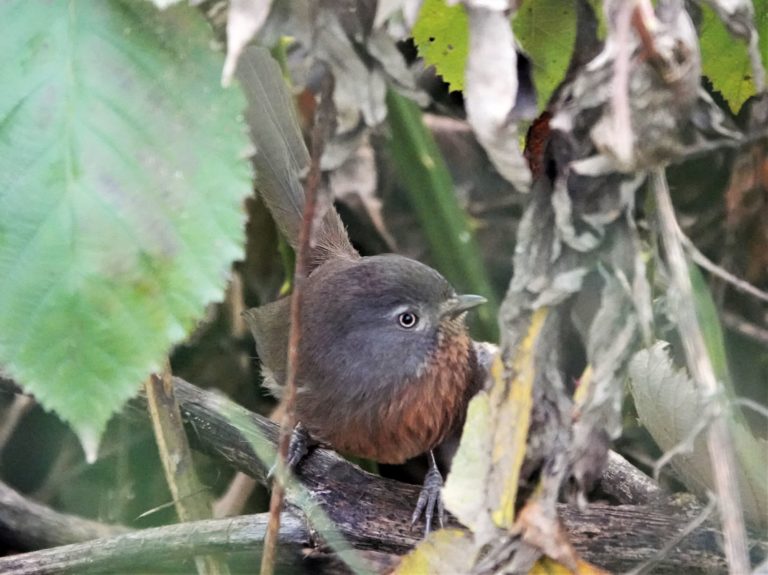
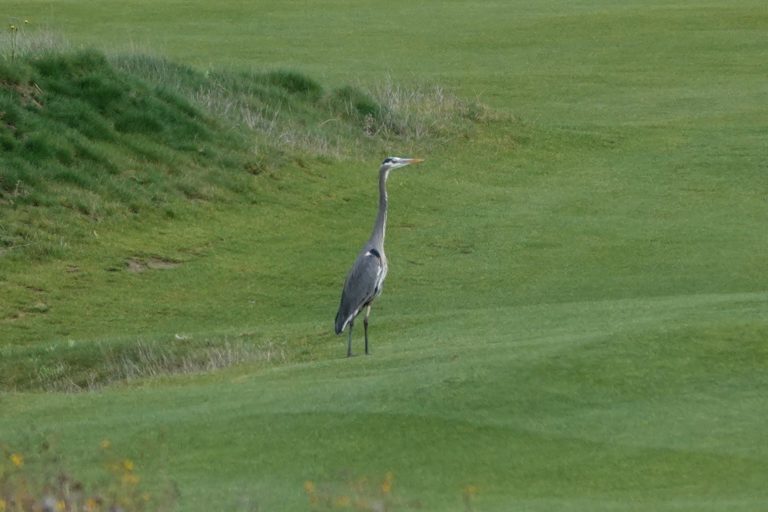
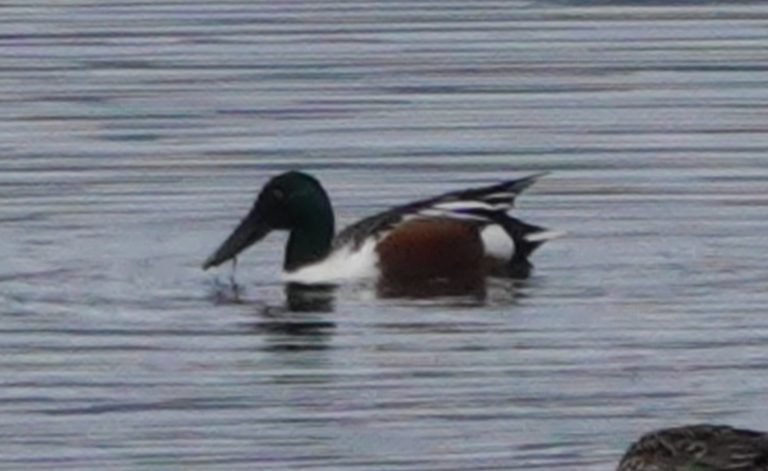
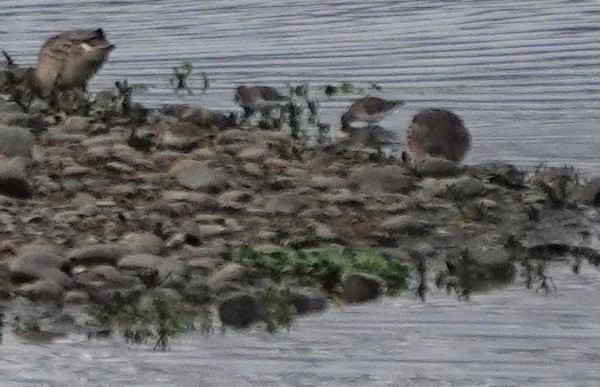
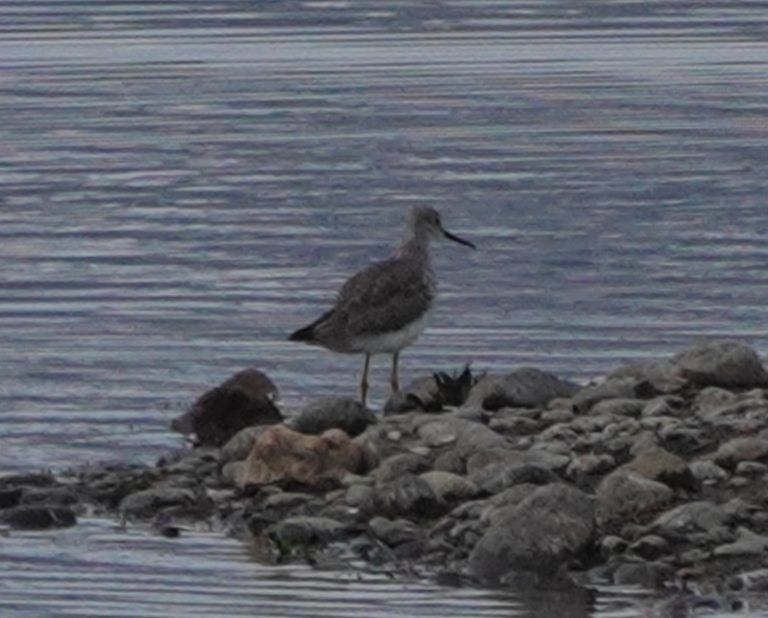

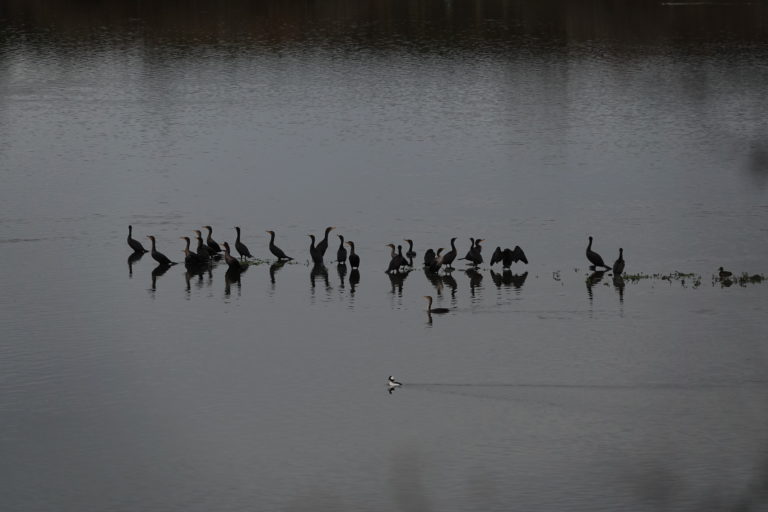
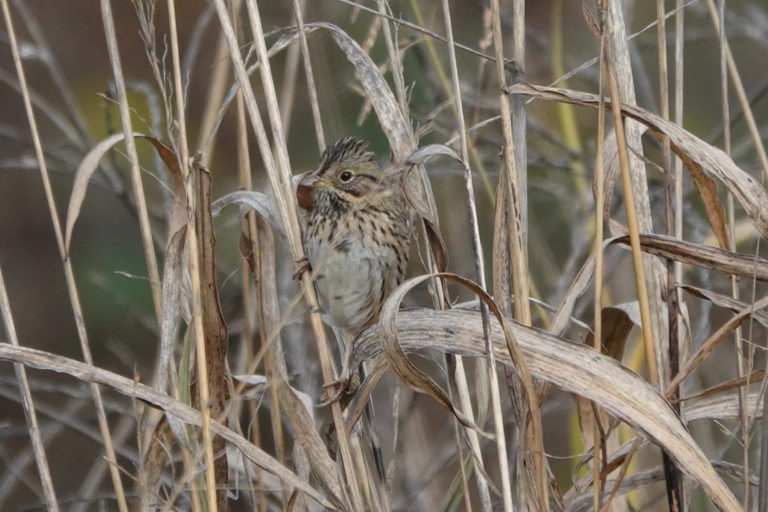
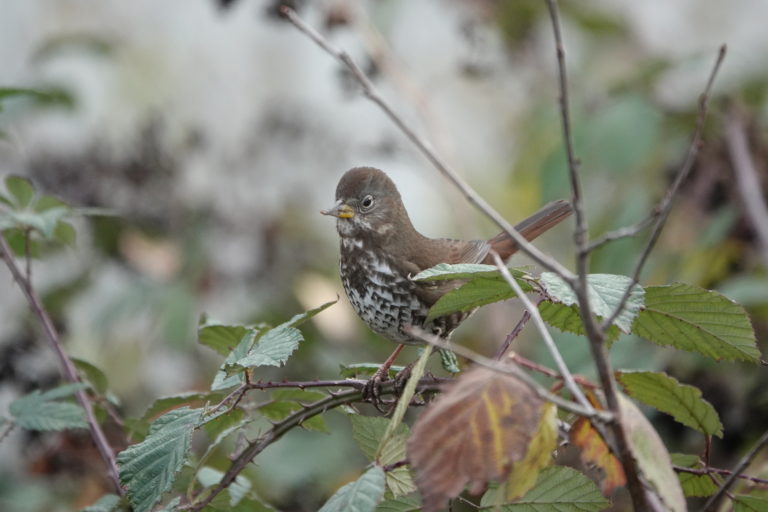

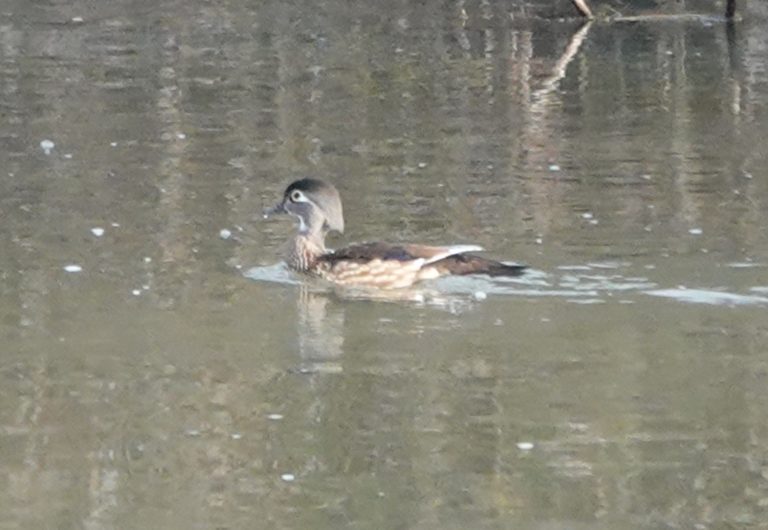
This Post Has 10 Comments
Excellent write-up Matt. Thanks for taking the time. I enjoyed participating in the CBC but it would have been even better to be partnered up. Hopefully next year.
When I lived in Michigan I also participated in the CBC as well as a Team Birdathon that we did in May to catch the spring migration. It was great fun. We hooked up with other birders in teams of 3 or 4 and would see which team could see/hear the most species in a day. Winning teams often got 120 to 140 species. Has the Umpqua Birding group ever done something like that? Brian Carlson
Hi Brian, I don’t think we have done a spring team competition, but there have been some individual efforts over the years. It could be fun. 🙂
Very interesting report, Matt. How long do you stay out there counting birds? Is the data collected kept on file somewhere? You mentioned count numbers from previous years but are they a part of a huge data base only for the Roseburg area or are they consolidated/compared with other locale?
I wonder if some group does the same here in Hawaii?
Thanks for sharing!
Hi Ken, Typically 8-12 hours, but this year only 3 for me as I was a little under the weather. All data are entered into the national CBC database managed by the National Audubon Society. Yes, there are Christmas Bird Counts in Hawaii. You could ask the Hawaii Audubon Society.
Matt invited us to add comments to for the CBC area we counted. I don’t always know who does each area (or remember where the count areas are) so I’ll add that I birded Plat I, Cooper Creek reservoir and east Sutherlin (area 6E). I was by myself, since my long-time birding partner Jim Arneson moved to Bend a few years ago. Since Jim took his scope when he left (darn) I borrowed one for the count. It really helped ID a Merlin off South Side Road west of Cooper Creek, and Greater Yellowlegs at Plat I. I think the scope helped me be confident I wasn’t missing other shorebirds, since the mudflats were extensive at both places. Paul Adamus did see 110 Dunlin at Plat I on count day and I’m really happy about that.
Cooper Creek and Plat I water levels in 2021 were the lowest I remember on count day. That exposed extensive mud flats below the normal pool elevations, after two years of very low rainfall. Count day weather this year was mild with no rain. Bird numbers really dropped off at midday, and at Mardonna and E. Fourth Avenue I counted no birds at all. Things picked up at the end of the day, along the Sutherlin Creek walking path and back at Cooper Creek dam, where I saw the Merlin and a Common Merganser. I almost never see Merlin (I’m a casual birder the rest of the year), and I seem to see fewer Common Merganser in recent years.
I especially want to thank Matt Hunter, Mark Hamm, and Jeannie Pollock for all they do to keep our local count going. Birding is the fun part! Mikeal Jones
Great summary, Matt! Thank you! Glad to see numbers were not down in general given the 2S area (includes Kruse Farms, Hucrest, area around Mercy Hospital) I surveyed seemed pretty darned quiet compared to previous years. Along with robins, raptors (mainly red-tailed hawks) seemed to be the only group of birds that were cooperating. Kruse Farms was absolutely dead – both morning and afternoon – other than a red-tailed hawk and half dozen great-blue herons in the morning. No standing water to attract ducks and shorebirds as in previous years. No large flocks of black bird in the fields or on power lines. And no sparrows in the blackberries and shrubs. Highlights otherwise were Say’s phoebe in the morning and a Merlin closed out the day. 😊
Great summary as usual. Of possible note is that Eugene and Coquille Valley, that I know of, also had a tanager, and I think there were one or two up the valley. Quite a lot. Alan
What an informative and entertaining write-up. Thank you so much for all you do for birds and birding in the Umpqua basin, Matt!
What a great report! Loved all the pics! That one with the two ravens made me laugh…just making noise as usual, haha!
The influx of robins was fascinating to me as we noticed and commented with some friends of ours about he abundance of madrone berries this year.
Nice to hear some birds I don’t particularly care for were not as widespread this count! And seems like a neat thing that the Bald Eagle numbers are rising.
I could comment on more, but will stop for now. Enjoyable read! Thank you, Matt!
A wonderful post, I enjoyed it so much!